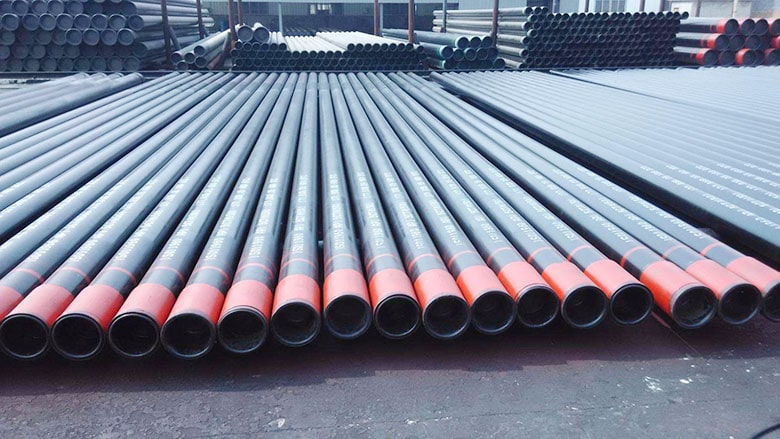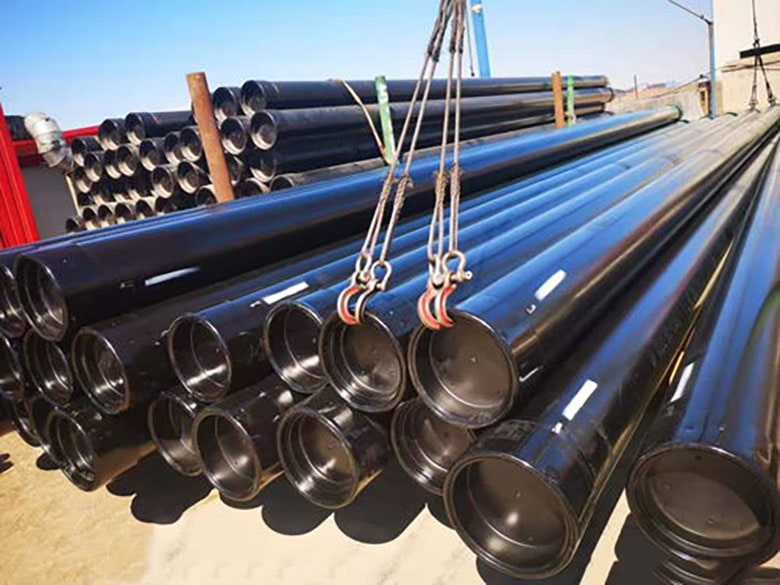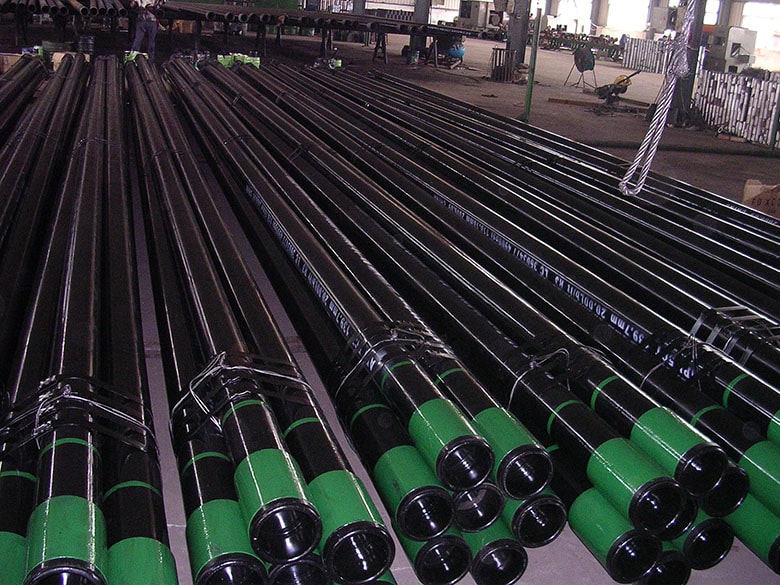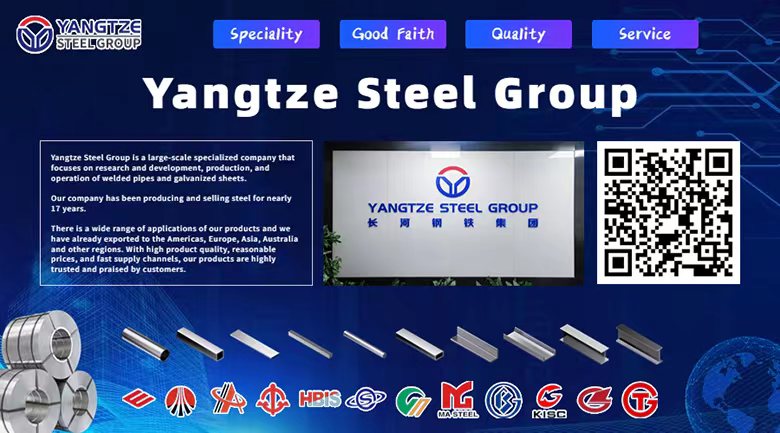Classification and Common Specifications and Sizes of Oil Pipes
An oil pipe is a pipeline used to transport oil, gas or other chemicals. It is usually made of carbon steel, alloy steel and other materials, and has the characteristics of high temperature resistance, corrosion resistance and good pressure resistance.

Classification of oil pipes:
According to different uses, oil pipes can be divided into several types such as oil well pipes, oil reservoir pipes, oil pipelines, and gas reservoir pipes. Among them, oil well pipes are mainly used for drilling operations, oil reservoir pipes are used for oil production, transmission and other processes, and oil pipelines and gas reservoir pipes are used for transporting oil and gas.

Commonly used specifications and sizes of oil pipes:
The specifications of oil pipes generally consist of three parameters: outer diameter, wall thickness and length. According to different usage requirements, there are usually the following specifications:
1. Casing pipe: Diameter ranges from 4½ to 20 inches, wall thickness ranges from 0.205 to 0.875 inches.
2. Tubing: Available in diameters ranging from 1.05 to 4½ inches and wall thicknesses ranging from 0.113 to 0.797 inches.
3. Line pipe: Diameter ranges from 2 to 48 inches, wall thickness ranges from 0.065 to 0.5 inches.

Application scenarios of various specifications and sizes:
1. Casing pipe: often used for wellbore support and well wall stabilization to prevent well wall collapse and to isolate different strata in the formation.
2. Tubing: It is mainly used to extract oil from oil wells. Its diameter and thickness need to be reasonably selected based on factors such as well depth and fluid properties.
3. Line pipe: It is used to transport fluids such as oil and natural gas. The selection of specifications usually takes into consideration factors such as transportation distance, fluid properties, and pipeline pressure.
In short, the selection of oil pipes must fully consider its application scenarios and usage requirements to ensure the efficiency and safety of transporting fluids.

Editor: Lucas
Mail: lucas@yangtzesteel.com








